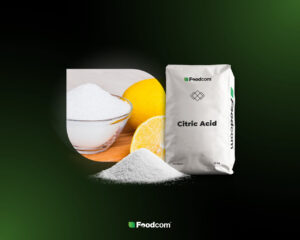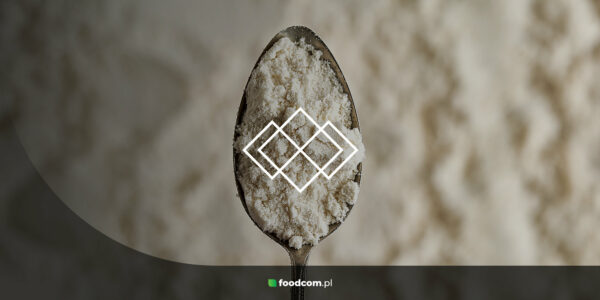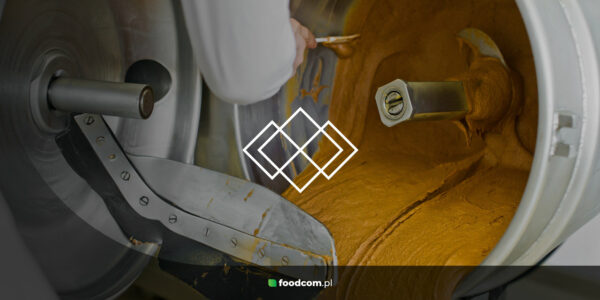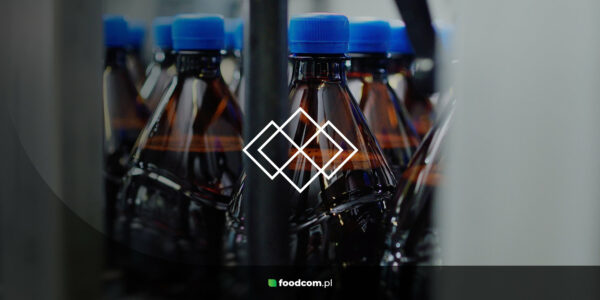- Monocalcium phosphate prices are expected to increase in July due to increased phosphoric acid costs and global freight volatility.
- Market analyses forecast a 15-20% increase in citric acid prices in July 2024 due to global supply chain disruptions and higher production costs.
- China recorded its highest ever imports of thermal coal in the first half of the year, but a potential slowdown in imports is expected as domestic production increases and shifts towards hydropower and renewables.
Hello Partners!
Welcome back to our Newsletter!
This week’s product spotlight looks at the big picture for key industrial compounds: Monocalcium Phosphate, Citric Acid and Urea. Prices are going up for Monocalcium Phosphate and Citric Acid due to cost and supply chain issues, while Urea prices remain steady despite high demand in Asia-Pacific. China’s thermal coal imports hit record high in H1 2024 but may slow down as domestic production ramps up. Hindustan Zinc Limited launches EcoZen, Asia’s first low-carbon zinc. Read on to find out more.
Let’s take a look at what else is happening on the market!
Products of the Week!
Monocalcium Phosphate
An increase in calcium monophosphate prices is anticipated due to several key factors affecting the global market. Phosphoric acid, a key raw material, is getting more expensive due to supply constraints and rising demand, especially in China where inventories are being reduced in anticipation of outages and supply disruptions. Global freight volatility and logistical issues are also driving up transportation costs which will impact final product prices. All these will continue to push prices up in the short term so companies will have to rethink their buying strategies and the cost burden to the consumers..
Citric Acid
Market analyses predict a significant increase in citric acid prices in 2024 as a result of a series of global supply chain perturbations, rising production costs and rising demand. Disruptions in sea lanes due to geopolitical tensions in the Red Sea region and higher shipping prices, which have risen 233% year-on-year, directly affect the cost of raw materials and end products, including citric acid. In addition, volatility in the price of corn, the main raw material for citric acid production, keeps production costs high. Despite rising costs, demand for citric acid remains strong, especially in the food and pharmaceutical industries, leading to forecasts of a 15-20% increase in the price of the compound from current levels.
Urea
Urea prices in 2024 were stable compared to the previous month, registering no change. The greatest demand for urea, mainly as a component of straight fertilizers, is seen in Asia-Pacific, particularly in India and China, where it accounts for more than 90% of fertilizer consumption. Technological innovations, such as slower-release and coated urea, aim to increase nutrient use efficiency and minimize nitrogen losses. In addition, international conflicts and environmental regulations, especially in the automotive industry, are affecting market dynamics, stimulating demand for modern types of urea that help reduce harmful emissions.
NEWS
China’s Thermal Coal Imports Soar As Domestic Output Rises
China recorded its highest first-half thermal coal imports in history, reaching 168.73 million metric tons, an 8.5% increase from the previous year, driven by robust electricity generation demand. However, signs suggest a potential slowdown for the second half of 2024 due to a recovery in China’s domestic coal production and a shift towards hydropower and renewables, which have seen significant increases in output. As a result, China’s reliance on imported thermal coal may decrease, potentially impacting global coal prices despite other Asian nations like Vietnam and India increasing their imports.
Hindustan Zinc launches EcoZen, Asia’s first low-carbon zinc
Hindustan Zinc Launches EcoZen, Asia’s First Low-Carbon Zinc
Hindustan Zinc Limited has unveiled EcoZen, Asia’s first low-carbon ‘green’ zinc, with a carbon footprint under one tonne of CO2 equivalent per tonne of zinc. This new product, certified by a leading global sustainability consulting firm, reduces carbon emissions by approximately 75% compared to the global average. EcoZen, produced using renewable energy, is aimed at environmentally conscious customers and contributes to a 400 kg reduction in carbon emissions per tonne of galvanized steel. This initiative is part of Hindustan Zinc’s broader strategy to decarbonize operations and achieve Net Zero by 2050, aligning with their commitment to the Science Based Targets Initiative (SBTi) to halve carbon emissions by 2030.
![Additives focus: market movements and sustainability news [56th Edition Foodcom ADDITIVES Newsletter] Additives focus: market movements and sustainability news [56th Edition Foodcom ADDITIVES Newsletter]](https://foodcom.pl/wp-content/uploads/2024/06/Foodcom_SA_Additives_Newsletter_Amino_Acids-1520x760.jpg)






